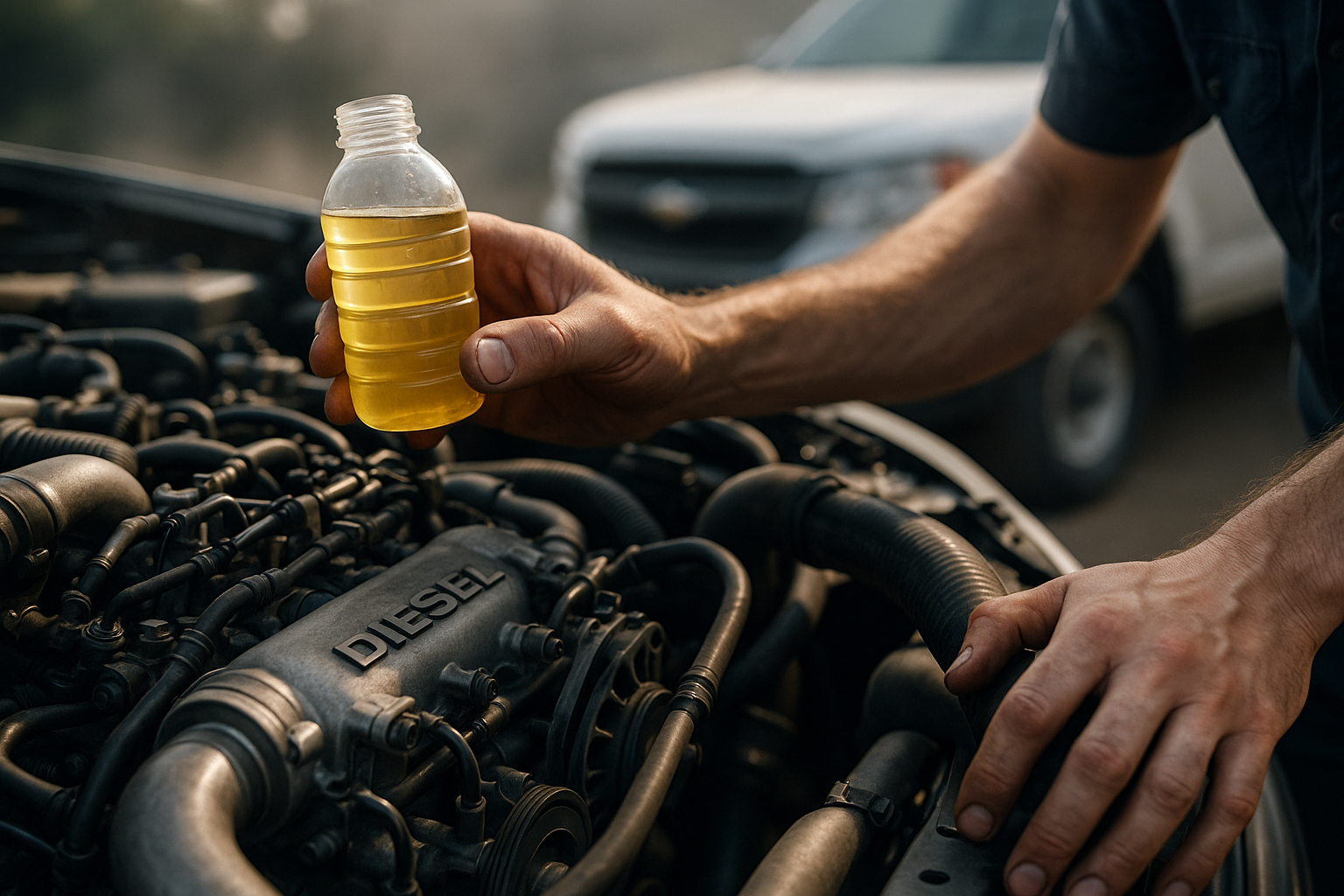Seasonal maintenance checklist for your ride
Regular seasonal checks help preserve vehicle reliability, safety, and efficiency across changing weather and road conditions. This checklist highlights practical inspections and maintenance tasks — from tires and brakes to battery and coolant — to prepare your vehicle for spring, summer, autumn, and winter. Use these guidelines to spot common issues early and prioritize routine preventive care to reduce breakdown risk and maintain fuel efficiency.

Keeping a vehicle in safe, efficient working order requires attention as seasons change. Different weather patterns affect tires, fluids, battery performance, and corrosion risk. A seasonal maintenance checklist helps drivers anticipate those changes and prioritize inspections and basic upkeep. The guidance below focuses on routine, practical tasks you can complete yourself or ask a service technician to perform, with emphasis on safety and reliable operation throughout the year.
General maintenance and inspection
Regular maintenance covers oil, filters, lights, wipers, and visible wear. Check engine oil level and color, inspect air and cabin filters for blockage, and verify all exterior lights work. Replace windshield wipers if streaking appears; check headlight aim and brightness. Look for fluid leaks under the car and listen for unusual noises during startup or idle. A visual inspection of belts and hoses can reveal cracks or fraying that merit replacement. Document findings so any recurring issue can be communicated clearly to a mechanic.
Tire care and pressure
Tires are critical for safety and fuel efficiency. Check tire pressure monthly and before long trips, adjusting to the vehicle manufacturer’s recommended psi for current load and temperature. Inspect tread depth using a gauge or the wear indicators; uneven wear can indicate alignment or suspension problems. Rotate tires every 6,000–8,000 miles or per the owner’s manual to extend life. In wet or winter conditions, consider tires rated for those seasons to maintain traction. Proper inflation and tread maintenance improve handling, braking distance, and fuel economy.
Battery health and charging
Battery performance declines in cold and hot extremes. Inspect battery terminals for corrosion and secure connections; clean with a brush and appropriate cleaner if buildup appears. Test battery voltage and charging system if the vehicle has any slow-start symptoms or if the battery is older than three to five years. For plug-in hybrids or EVs, follow manufacturer guidance on charging to preserve long-term battery health and efficiency. Keep an emergency charger or jump-start kit in the vehicle and know safe jump-start procedures or roadside assistance options.
Brakes: pads, rotors, and warning signs
Brakes are a non-negotiable safety item. Listen for squeal indicators, grinding sounds, or vibrations during braking; these can signal worn pads or warped rotors. Inspect pad thickness visually and check for uneven rotor wear or grooves. Brake fluid should be checked for level and clarity — dark or contaminated fluid may need replacement. If the brake pedal feels spongy, or the vehicle pulls while braking, schedule a professional inspection. Regular brake checks maintain stopping performance and prevent more costly repairs.
Coolant, oil, and fluid checks
Engine coolant, oil, transmission fluid, and power-steering fluid need seasonal attention. Verify coolant level and condition and ensure the mixture matches climate needs to prevent freezing or overheating. Check oil level and change intervals based on driving conditions; extreme temperatures and short-trip driving can accelerate oil degradation. Inspect hoses and the radiator for leaks, and make sure the thermostat operates correctly. Clean, correctly filled fluids protect engine components and support efficient operation across temperature extremes.
Winterization and roadside readiness
Prepare for cold weather by testing heater and defroster function, switching to winter-grade washer fluid, and ensuring adequate antifreeze concentration. Keep an emergency kit with warm blankets, a flashlight, basic tools, water, nonperishable snacks, and a compact shovel. Check roadside equipment like spare tire condition, jack, and lug wrench. For drivers in areas with heavy snow or ice, consider traction aids and ensure roof racks or storage are secure. Planning for winter conditions reduces risk of being stranded and supports safe travel.
Conclusion A seasonal maintenance routine combines simple inspections with timely service to keep a vehicle safe and efficient. Regular attention to tires, battery, brakes, fluids, and winter preparation helps prevent common problems and supports reliable operation across changing conditions. Keep a checklist, record maintenance dates, and prioritize repairs that affect safety or drivability to maintain consistent performance year-round.





